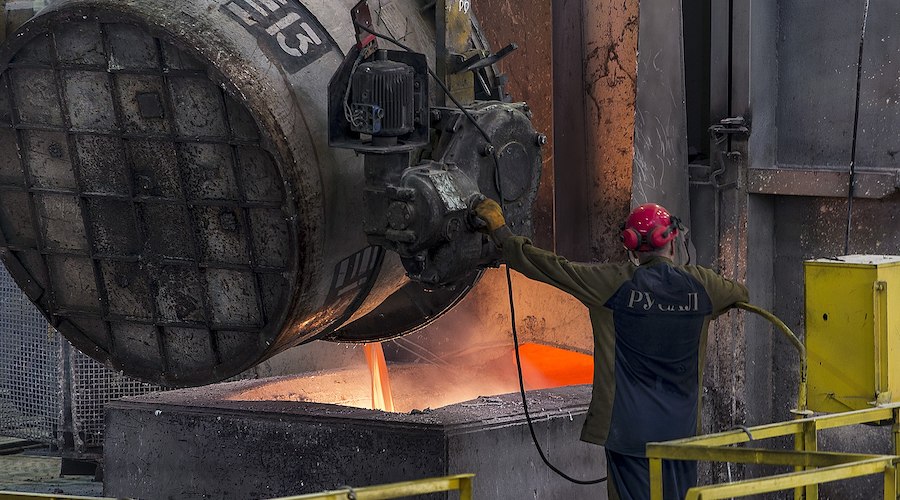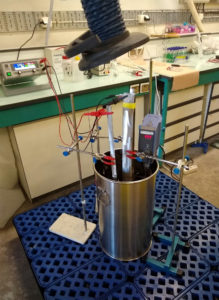New method reduces mercury content in sulfuric acid by more than 90%

Researchers at Chalmers University of Technology in Sweden have developed a method that can reduce the levels of mercury in sulfuric acid by more than 90%—even from low levels.
In a paper published in the journal ACS ES&T Engineering, the researchers note that sulfuric acid is the world’s most used chemical, whose market volume amounts to around 260 million tons per year and is expected to rise to 314 million tons per year by 2029. It is an important reagent used in many industries to manufacture products that span from paper, pharmaceuticals and cosmetics to batteries, detergents and fertilizers. However, it often contains mercury.
Sulfuric acid is produced either from sulfur from the oil industry or as a by-product of smelters in the mining industry. In the latter case, mercury, which is naturally present in the ore, can end up in the finished products. Also, recycled streams in smelters can contain mercury.
According to a report from the United Nations Environment Program (UNEP), mercury emmissions to the atmosphere increased by an estimated 20% from 2010 to 2015. In 2015, about 2,200 tons of mercury were emitted into the air as a result of human activities such as cement manufacturing, small-scale gold mining, coal burning, metal production and other industrial operations. In addition, an estimated 1,800 tons of mercury ended up in soils and water streams that same year. The dossier also points out that mercury concentrations in the atmosphere may have increased by 450% in the last century.
Given this state of affairs, five years ago, a research team at Chalmers led by Björn Wickman presented a pioneering method for removing mercury from water using electrochemical processes. The method is based on a metal electrode coated with platinum taking up the toxic metal and forming an alloy. Once mercury is in solid form, it can then be safely removed, and the electrode reused.
Now, the group has taken this technology one step further, and in the new study, they have shown how mercury can be removed from concentrated sulfuric acid.

The experiments with sulfuric acid were done in collaboration with Boliden and Atium, a spin-off company from the Chalmers School of Entrepreneurship, with the aim of bringing the removal of mercury from water and chemicals to market.
“Purifying the sulfuric acid prevents additional mercury emissions while allowing industry to operate more cost-effectively and produce a high-purity, non-toxic product,” Vera Roth, first author of the paper, said in a media statement. “The next step will be to scale up the method into a pilot process that is closer to real-world volumes of thousands of tons.”
The lower the mercury content of the sulfuric acid used by industry, the more valuable it is. Sulfuric acid for commercial purposes is considered to be of acceptable quality when its mercury content is below 0.30 milligrams per kilogram.
If the mercury content is below 0.08 milligrams per kilogram, sulfuric acid is considered to be high purity. With their new technique, the researchers have reduced the level of mercury to 0.02 milligrams per kilogram of sulfuric acid.
“The limit values for how much mercury sulfuric acid may contain are based on the technology available today,” Wickman said. “With the new method for purifying sulfuric acid, our hope is that the legislation around the limit values will be tightened.”
{{ commodity.name }}
{{ post.title }}
{{ post.date }}


Comments